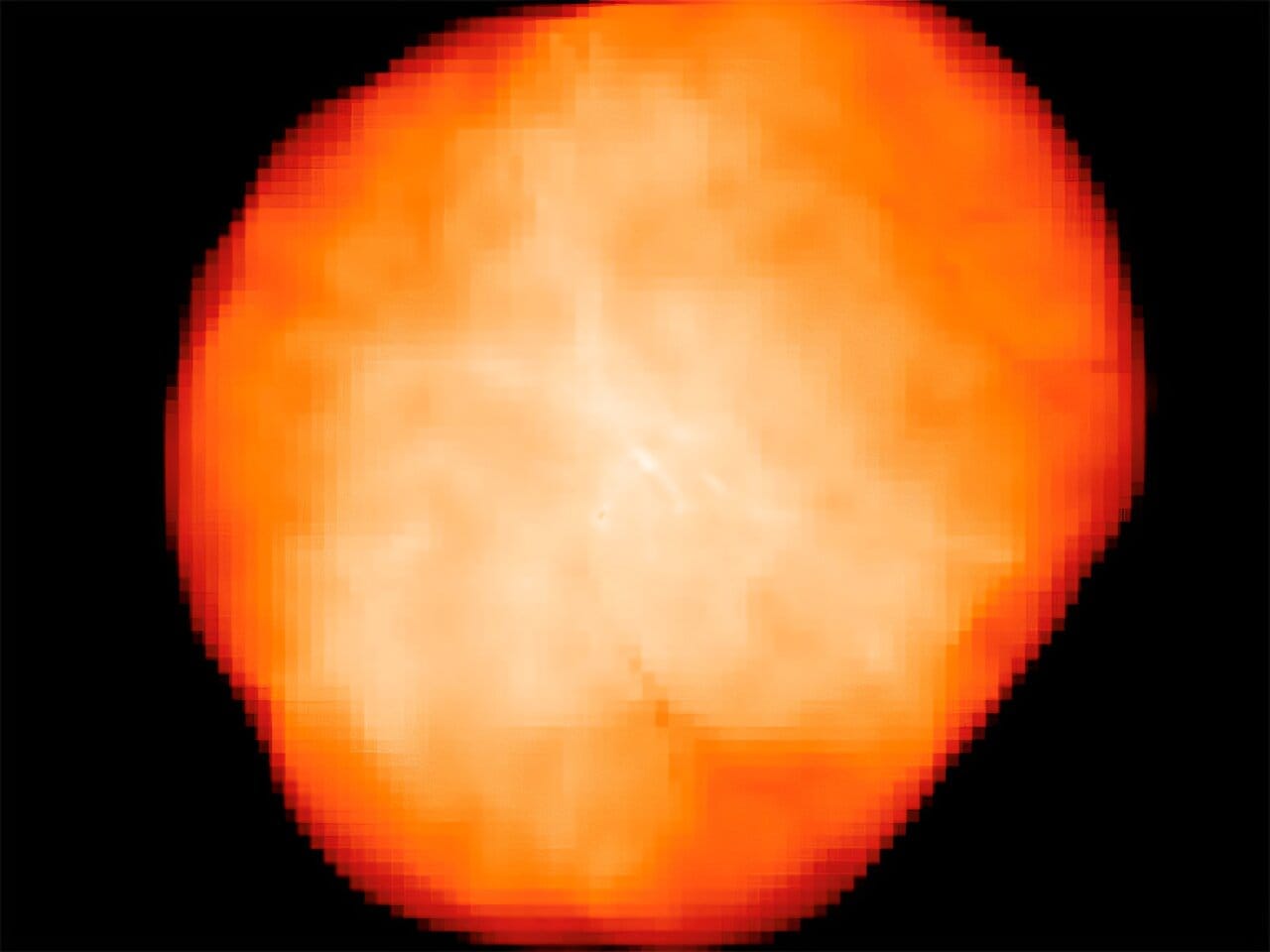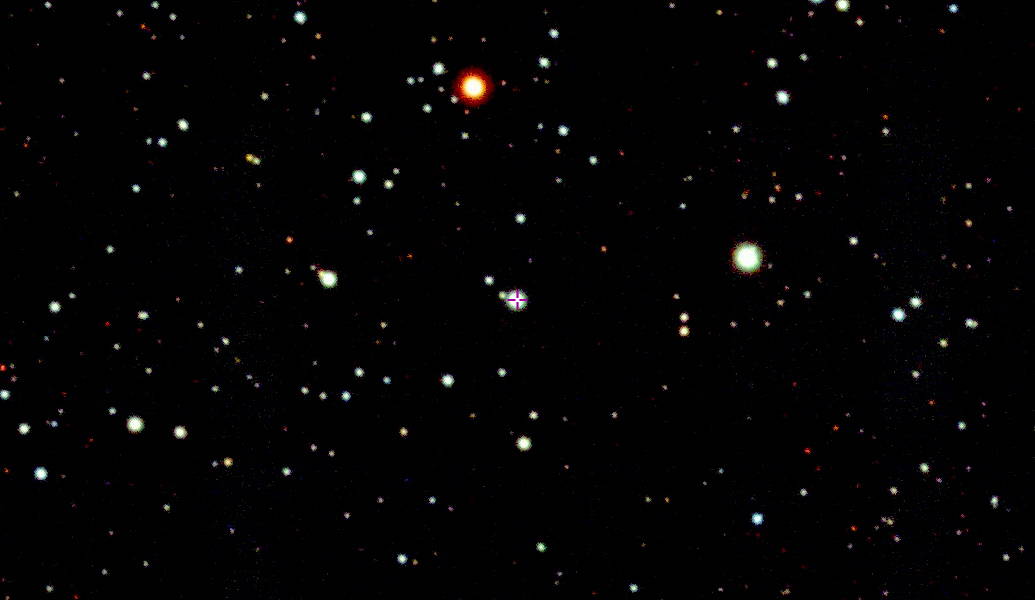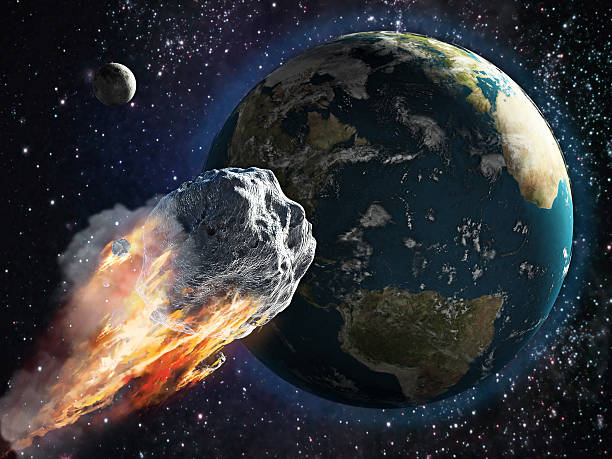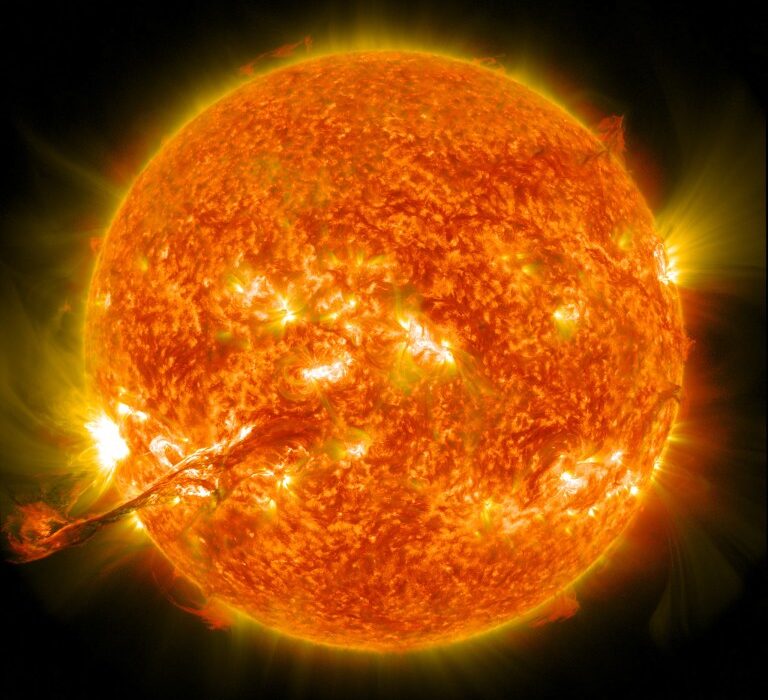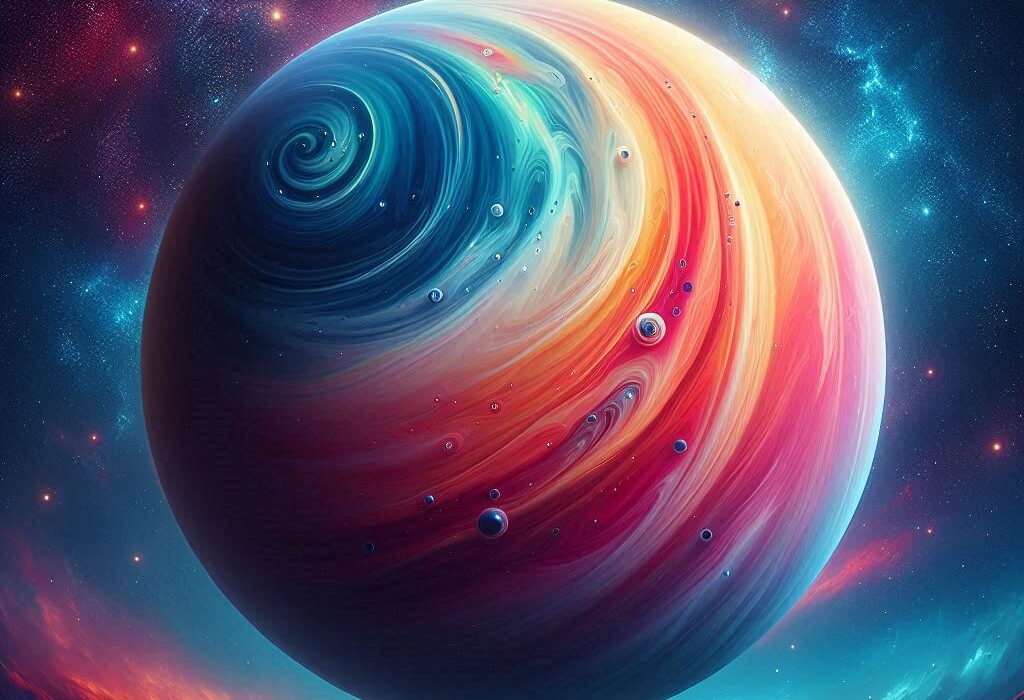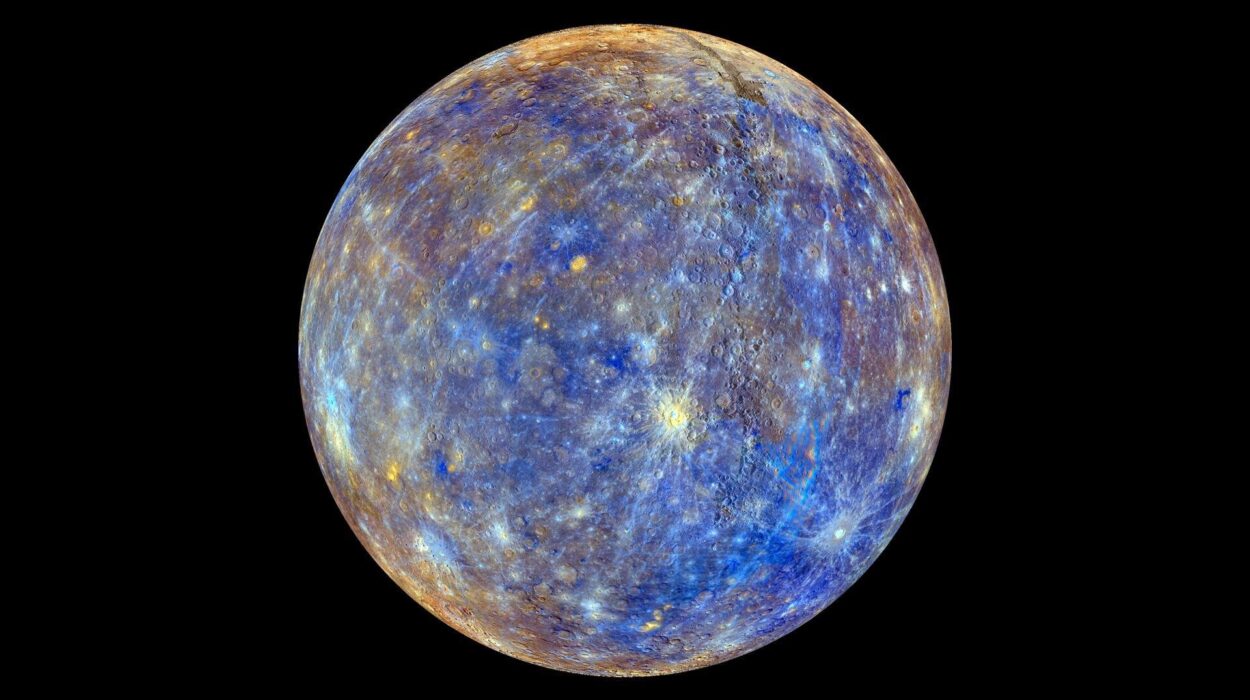In the quiet corridors of the University of Virginia’s Department of Astronomy, astrophysicist Jonathan Tan is reimagining one of the universe’s oldest mysteries: the birth of supermassive black holes.
These cosmic giants—millions to billions of times heavier than our Sun—sit at the hearts of galaxies, including our own Milky Way. They are ancient, powerful, and strangely elusive. And thanks to the James Webb Space Telescope (JWST), we now know they’ve been around since the universe’s earliest moments, shining light—ironically—on just how little we understand about their origins.
For decades, astronomers have debated how such gargantuan black holes could form so quickly after the Big Bang. Tan’s new theory, called “Pop III.1”, offers an audacious answer: they are the direct descendants of the universe’s very first stars, colossal objects that lived fast, died young, and left behind black holes of staggering mass.
Stars Born of Darkness
The term “Population III” refers to the first stars formed from pure hydrogen and helium, untouched by heavier elements forged in later generations of stars. These were pristine cosmic pioneers—hot, bright, and massive.
Tan’s Pop III.1 twist suggests that some of these first stars became truly supermassive because of a strange, invisible fuel source: dark matter annihilation.
Dark matter, the mysterious substance that outweighs normal matter in the universe but doesn’t emit light, may occasionally destroy itself when two of its particles meet, releasing bursts of energy. In Tan’s model, this process acted as a cosmic heat lamp, feeding these primordial stars so they could grow to mind-boggling sizes before collapsing into supermassive black holes.
“Think of it as the universe’s first VIP club,” Tan explains. “A tiny fraction of stars got the dark matter treatment, becoming monsters that set the stage for the galaxies we see today.”
Flashes That Lit Up the Cosmos
In his new paper, Flash Ionization of the Early Universe by Pop III.1 Supermassive Stars, soon to appear in The Astrophysical Journal Letters, Tan makes a striking prediction: these stars didn’t just quietly form—they announced themselves with a cosmic light show.
“Our model requires that the supermassive star progenitors of the black holes rapidly ionized the hydrogen gas in the universe,” Tan says. “They would have lit up space with bright flashes, much earlier than anything powered by normal galaxies.”
This early burst of ionization—a process where atoms lose their electrons, allowing light to travel freely—could help explain puzzling tensions in cosmology. It might even touch the notorious Hubble Tension, an unresolved mismatch in measurements of how fast the universe is expanding.
Other anomalies—like hints of “dynamic dark energy” or even strange preferences for “negative neutrino masses” in data—could also find some relief under Tan’s framework.
“It’s a connection we didn’t anticipate,” Tan says. “But it may prove profoundly important.”
Echoes from the Cosmic Dawn
The idea is already drawing interest from leading figures in astronomy. Richard Ellis, a renowned observational cosmologist at University College London, sees the theory as a potentially elegant solution to a longstanding cosmic puzzle.
“Professor Tan has developed a model that could explain a two-stage process of stellar birth and ionization in the early universe,” Ellis says. “It’s possible the very first stars formed in a brief, brilliant flash, then vanished—meaning what we now see with the James Webb Telescope may be just the second wave.”
In other words, the earliest “first light” in the cosmos may have already faded from view, its existence hinted at only by the gargantuan black holes and the ionized gases it left behind.
The Universe, Still Full of Surprises
The James Webb Space Telescope has been revealing galaxies and black holes so massive and so early that they’ve sent theorists back to the drawing board. Tan’s Pop III.1 model doesn’t just explain their existence—it predicts them. That predictive power makes it one of the most compelling frameworks for cosmic history now on the table.
If correct, it means the early universe wasn’t just a slow, steady glow—it was punctuated by spectacular, universe-wide bursts of light and energy, followed by the silent collapse of stars so huge we can barely imagine them.
As Tan puts it, “The universe’s earliest chapters may have been far more dramatic than we ever thought. And the story’s still unfolding.”
In the end, whether Pop III.1 stars truly lit the cosmos or not, the theory serves as a reminder: the universe remains an unpredictable storyteller. Every time we think we’ve read its prologue, it reveals an earlier page.
More information: Jonathan C. Tan, Flash Ionization of the Early Universe by Pop III.1 Supermassive Stars, arXiv (2025). DOI: 10.48550/arxiv.2506.18490
